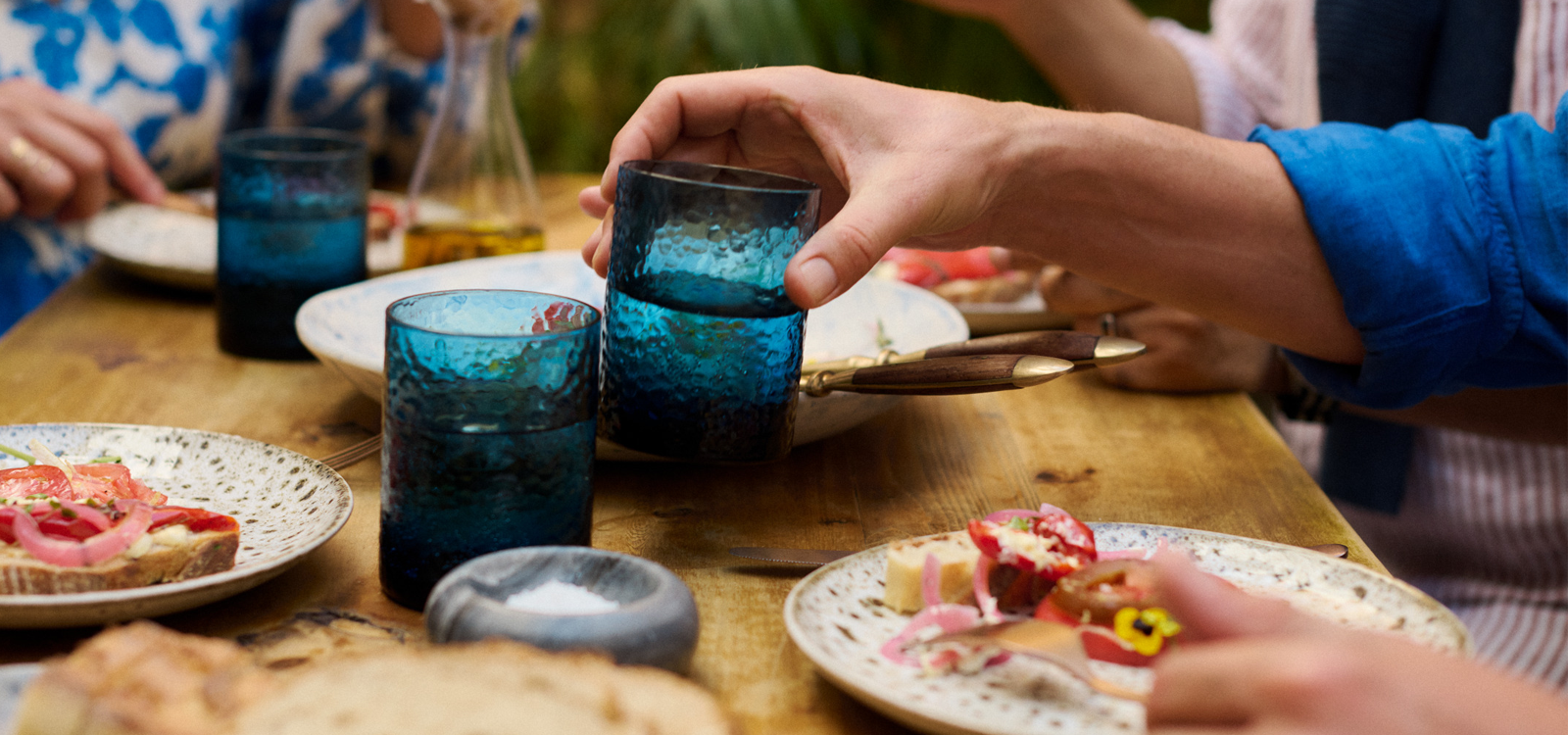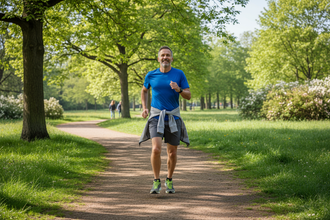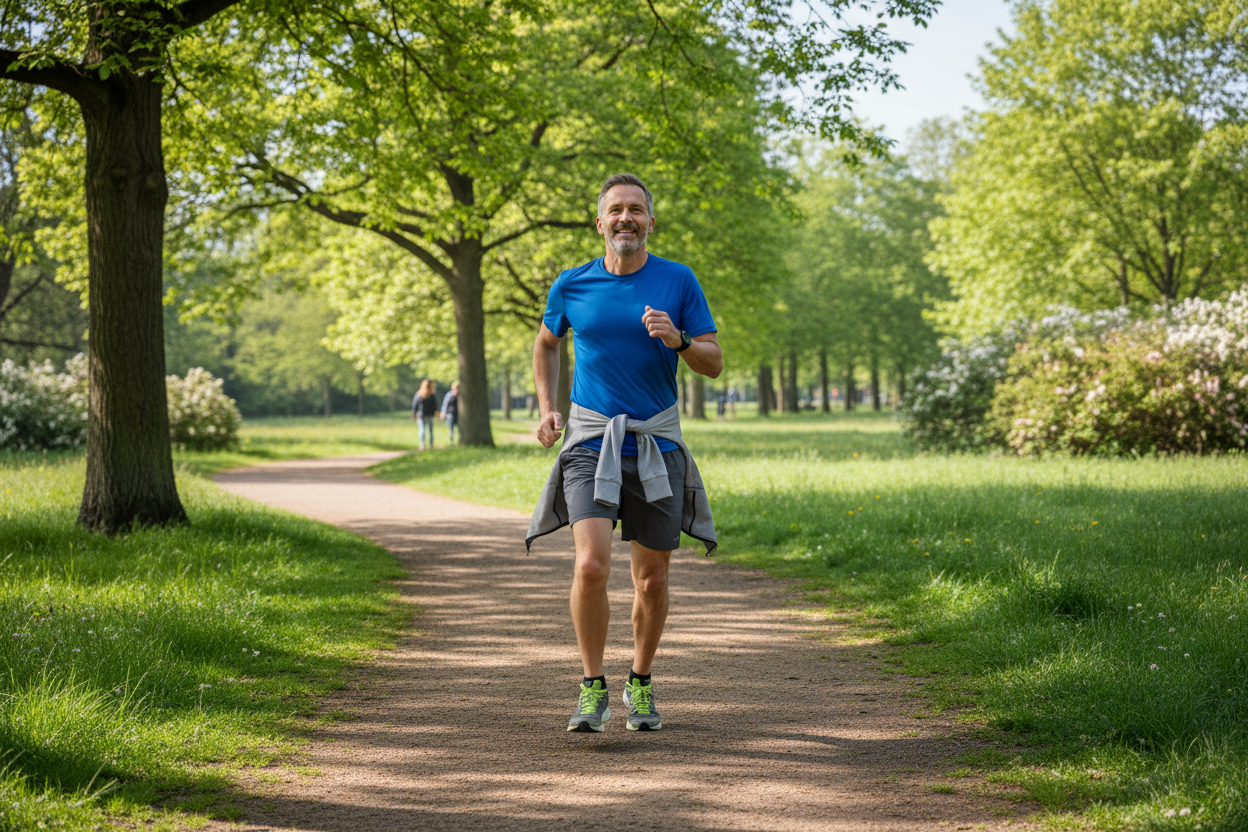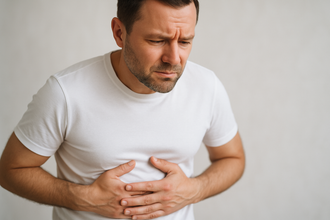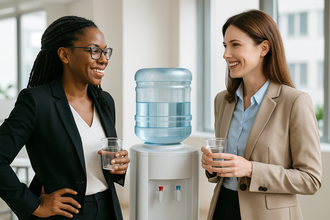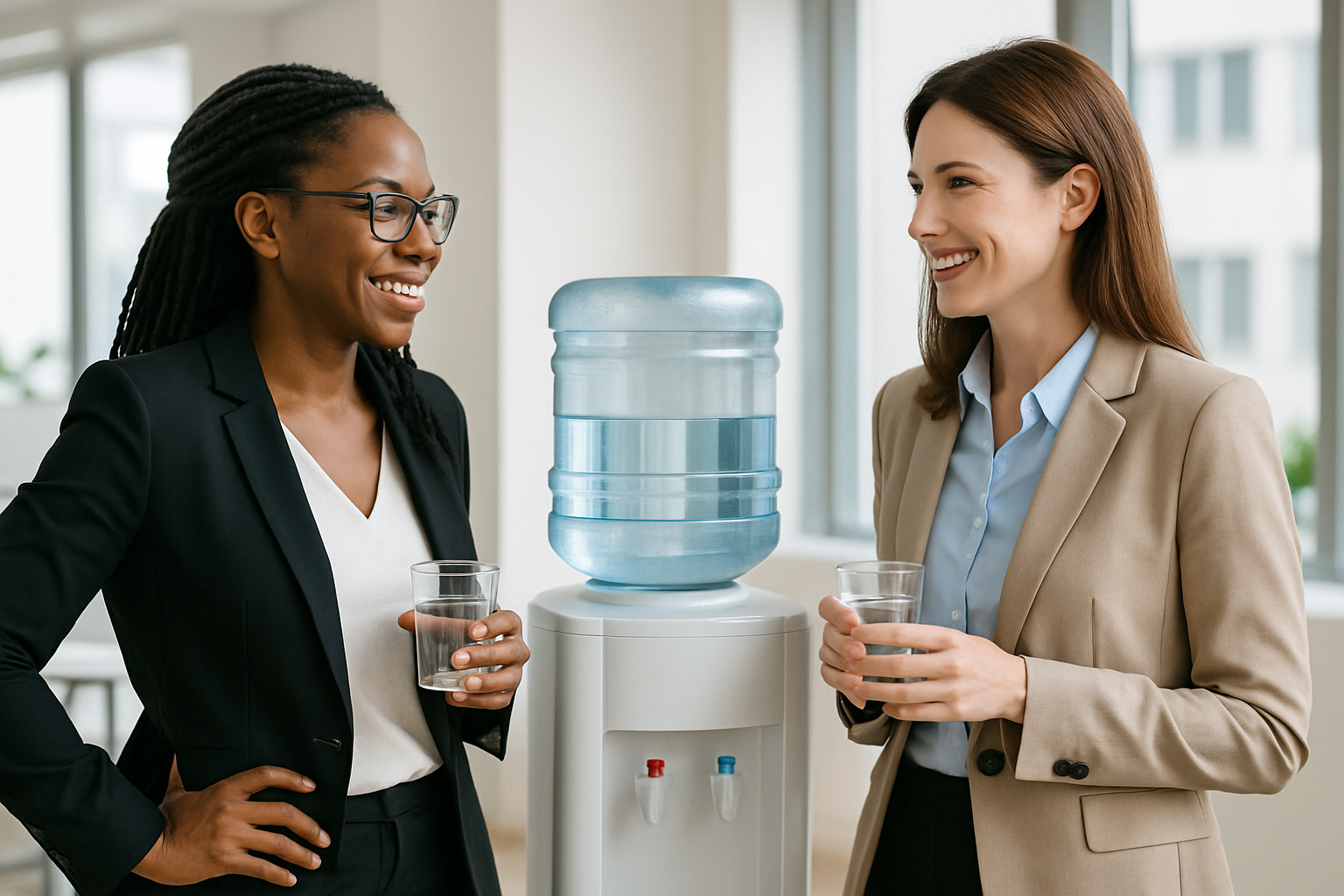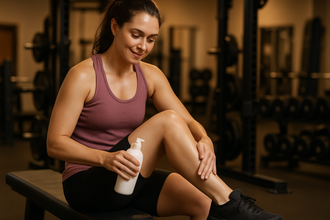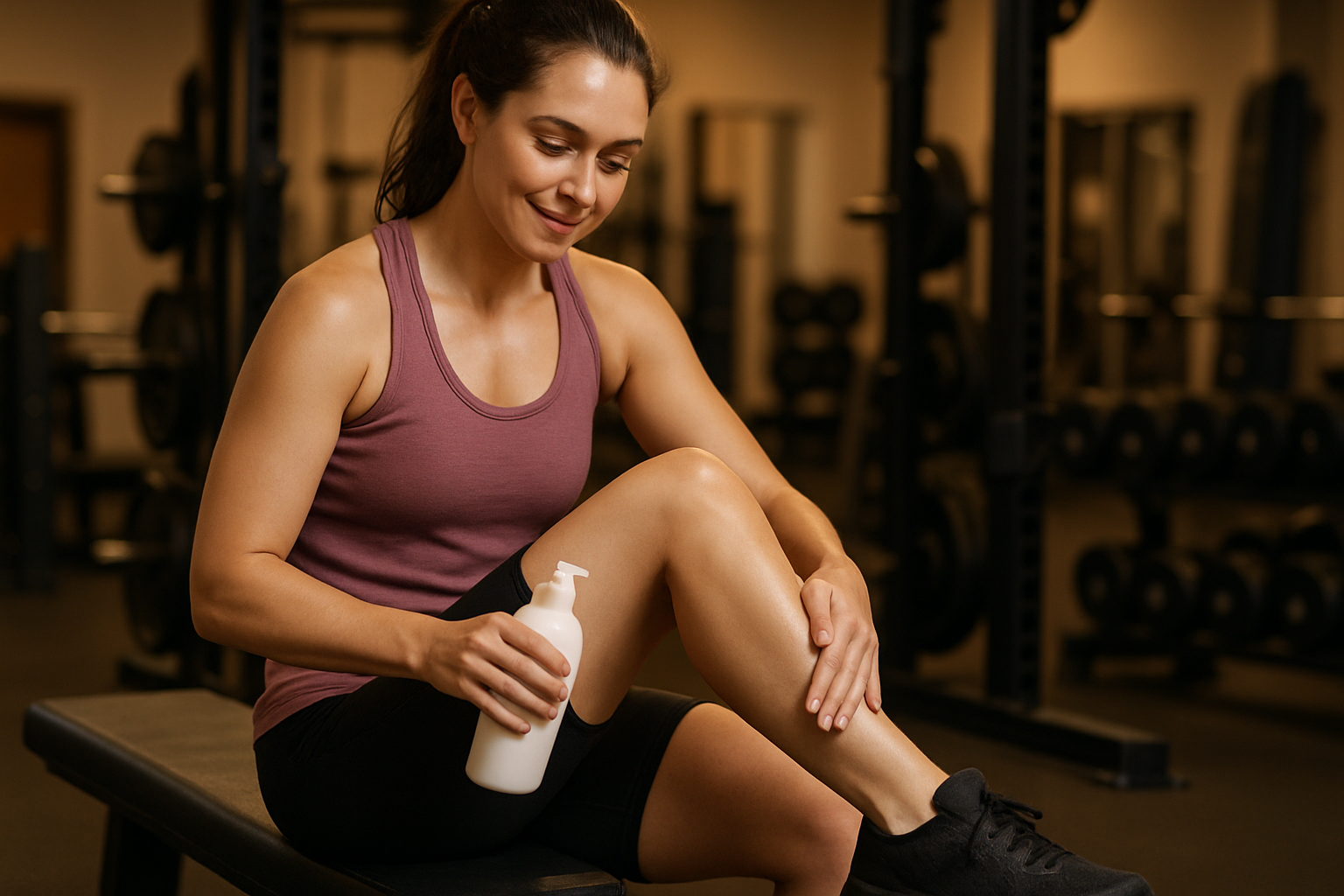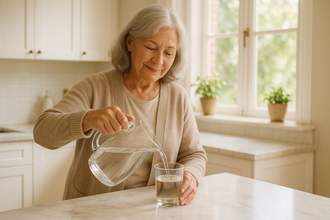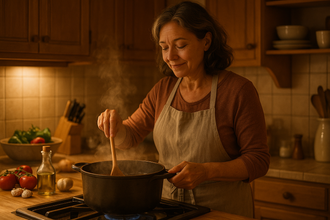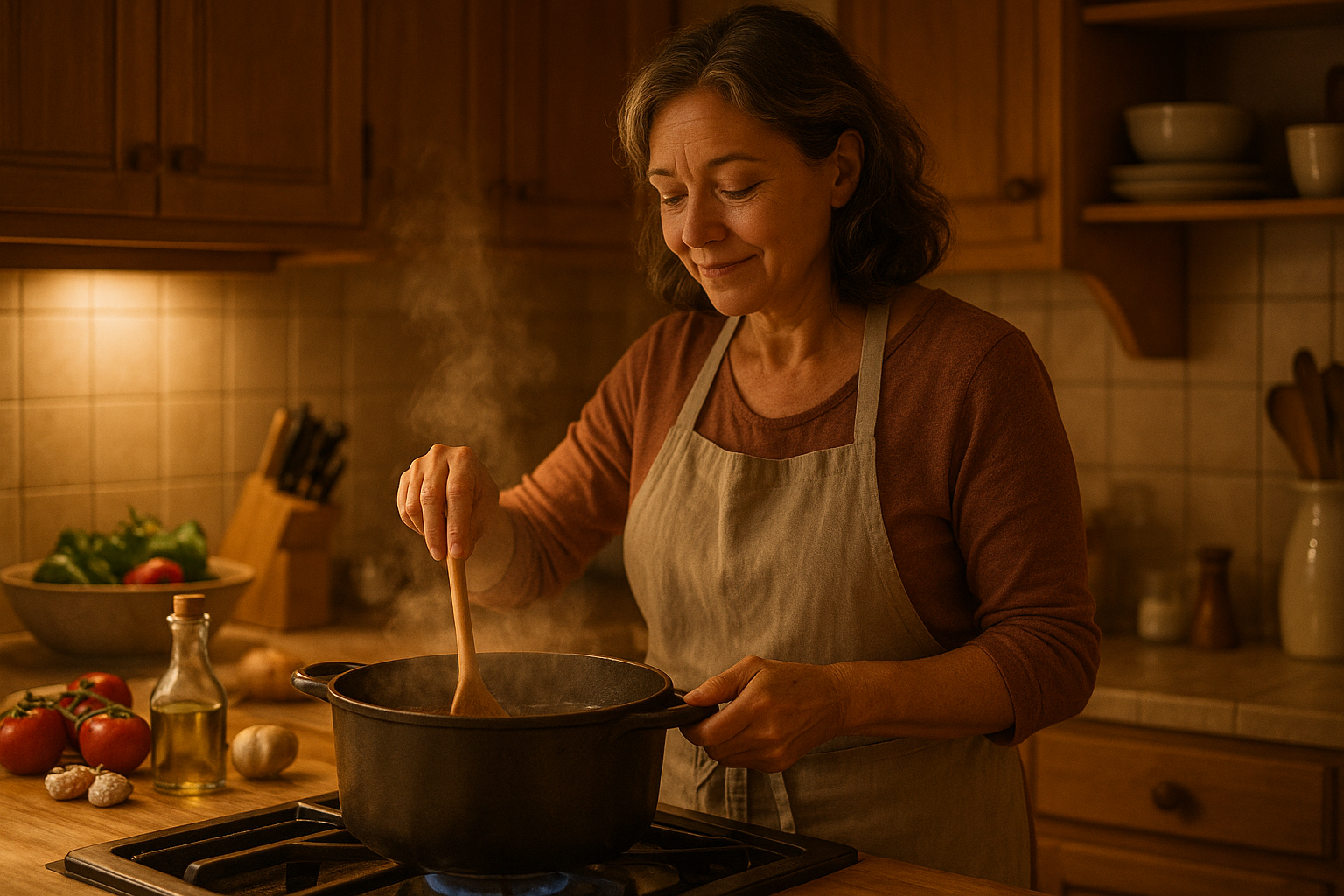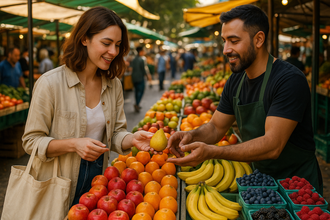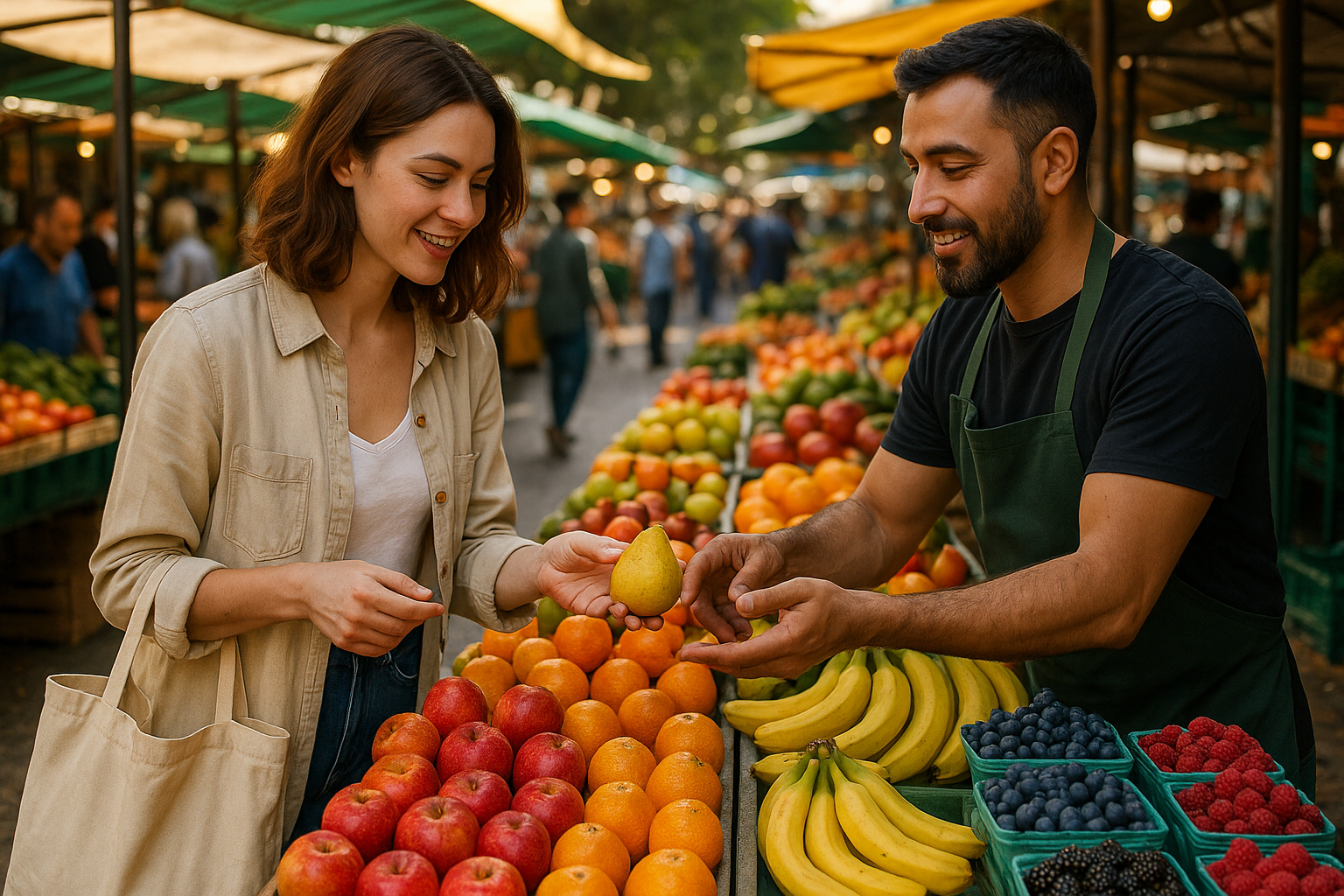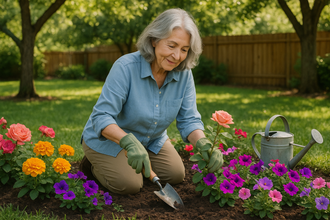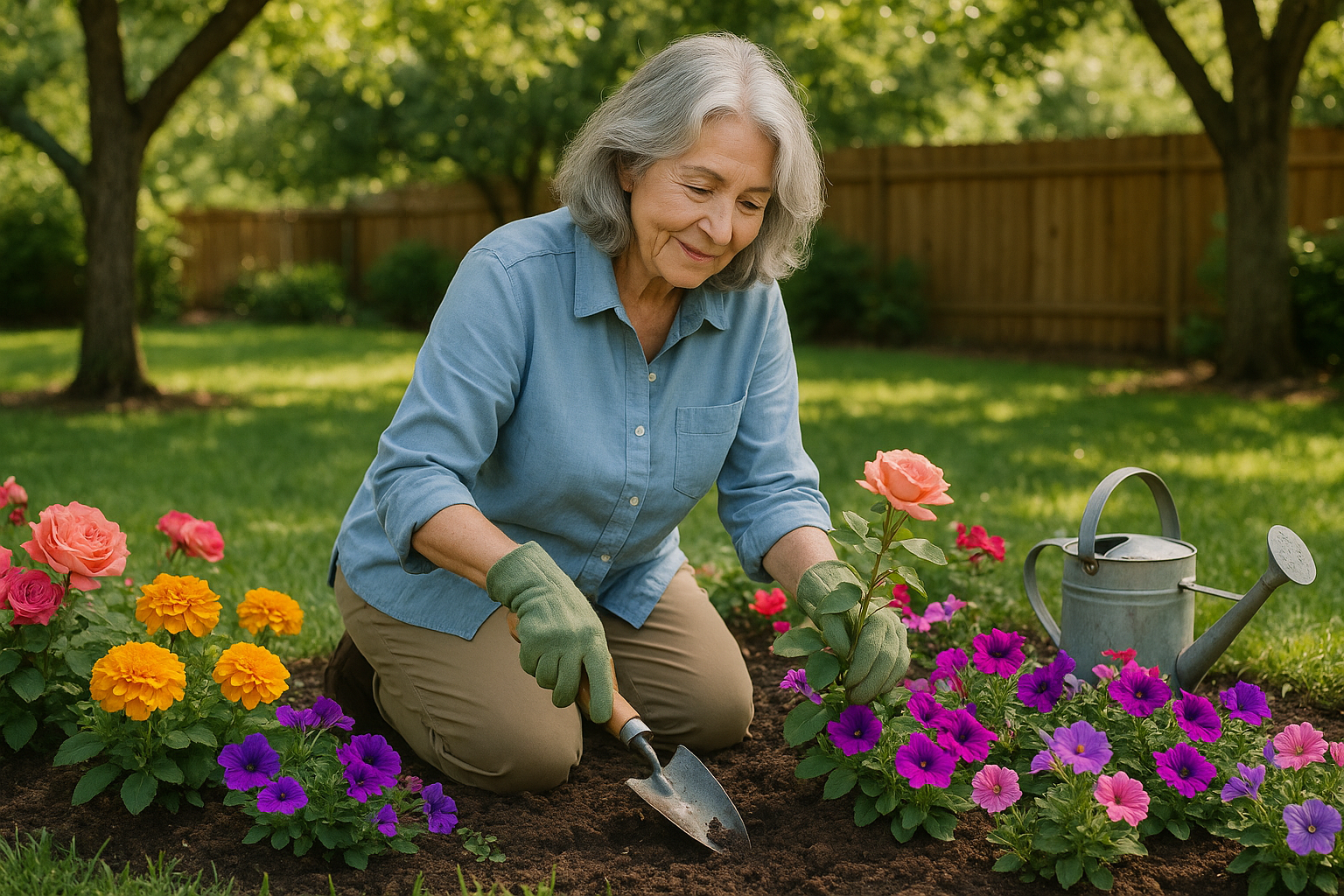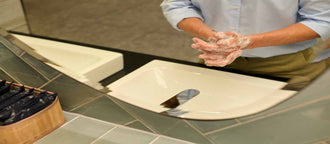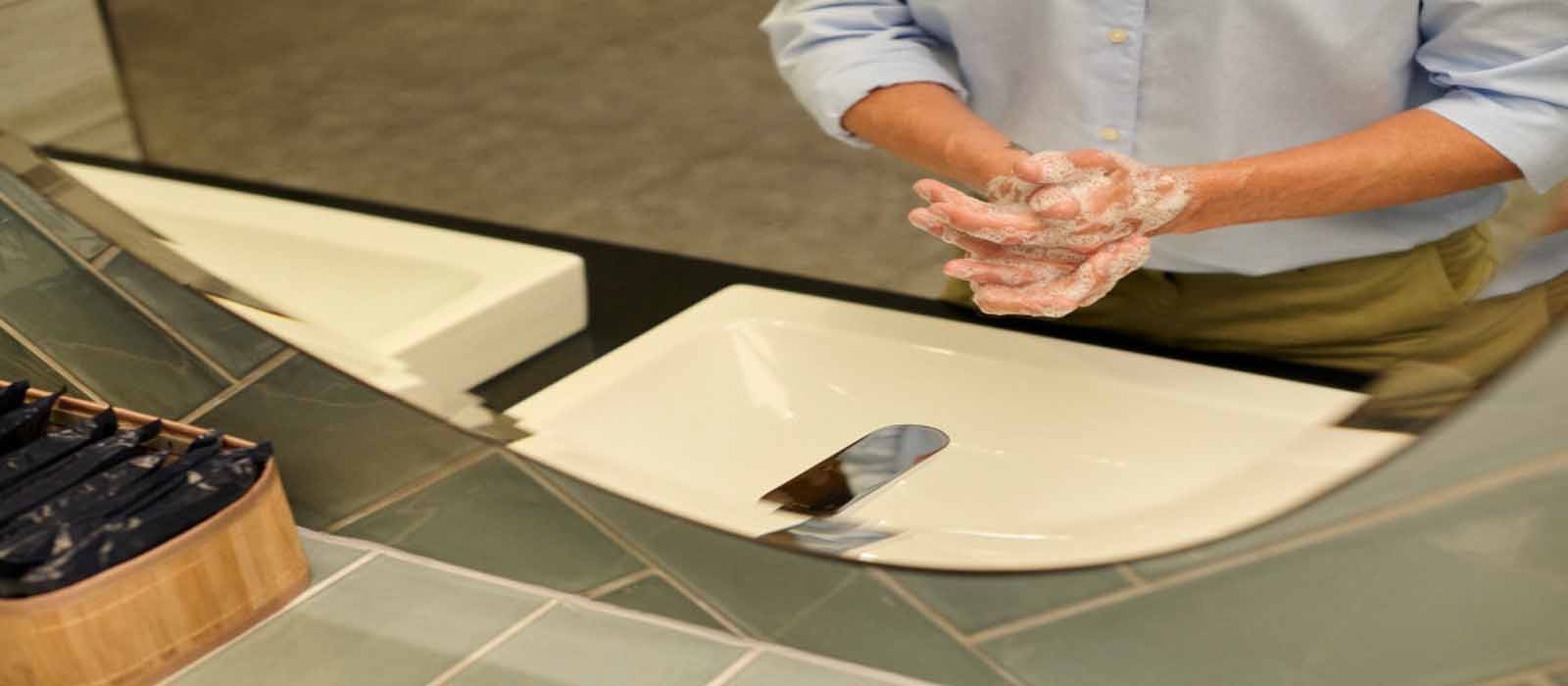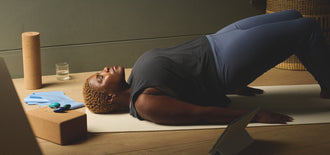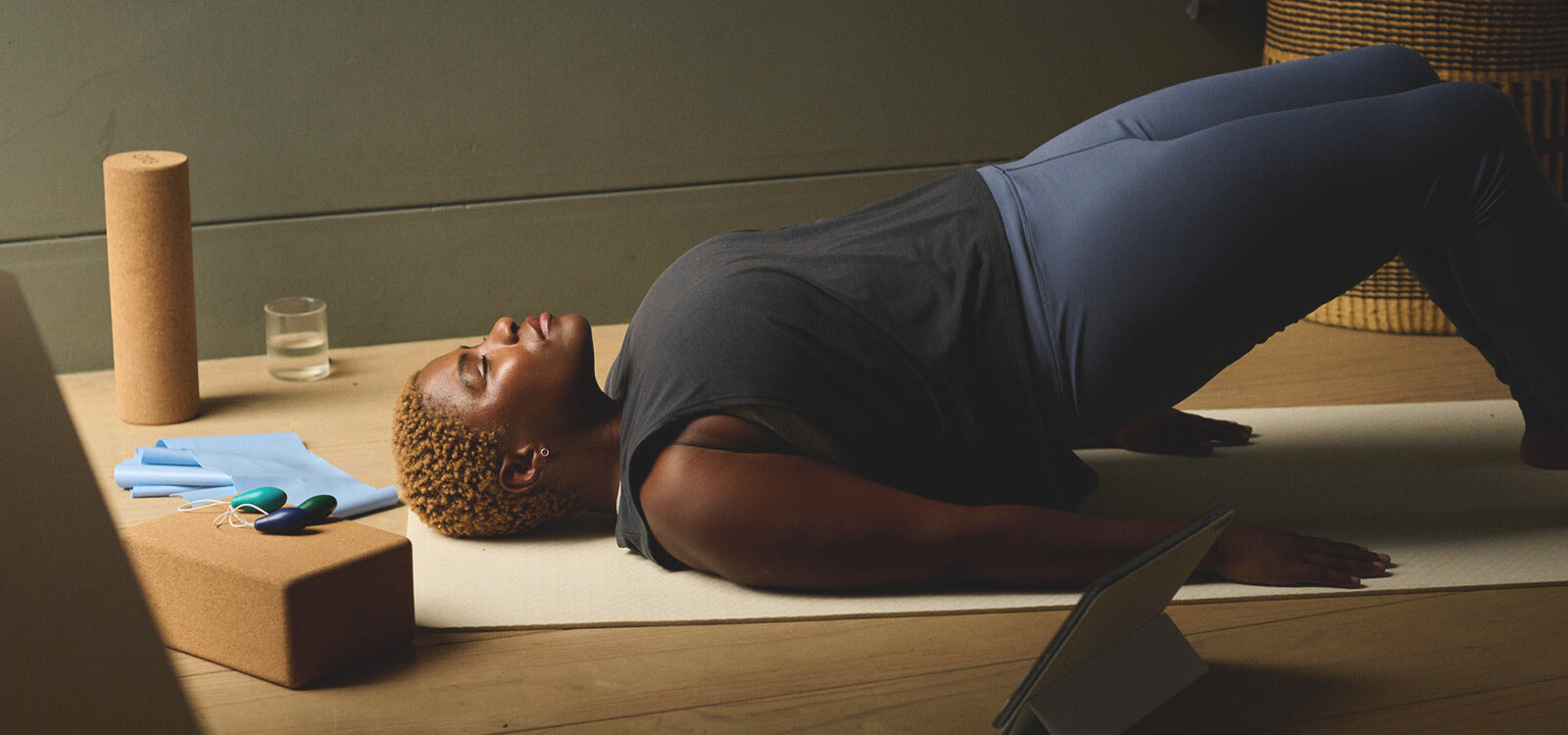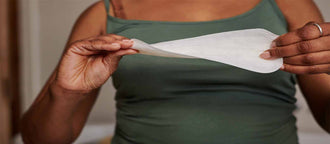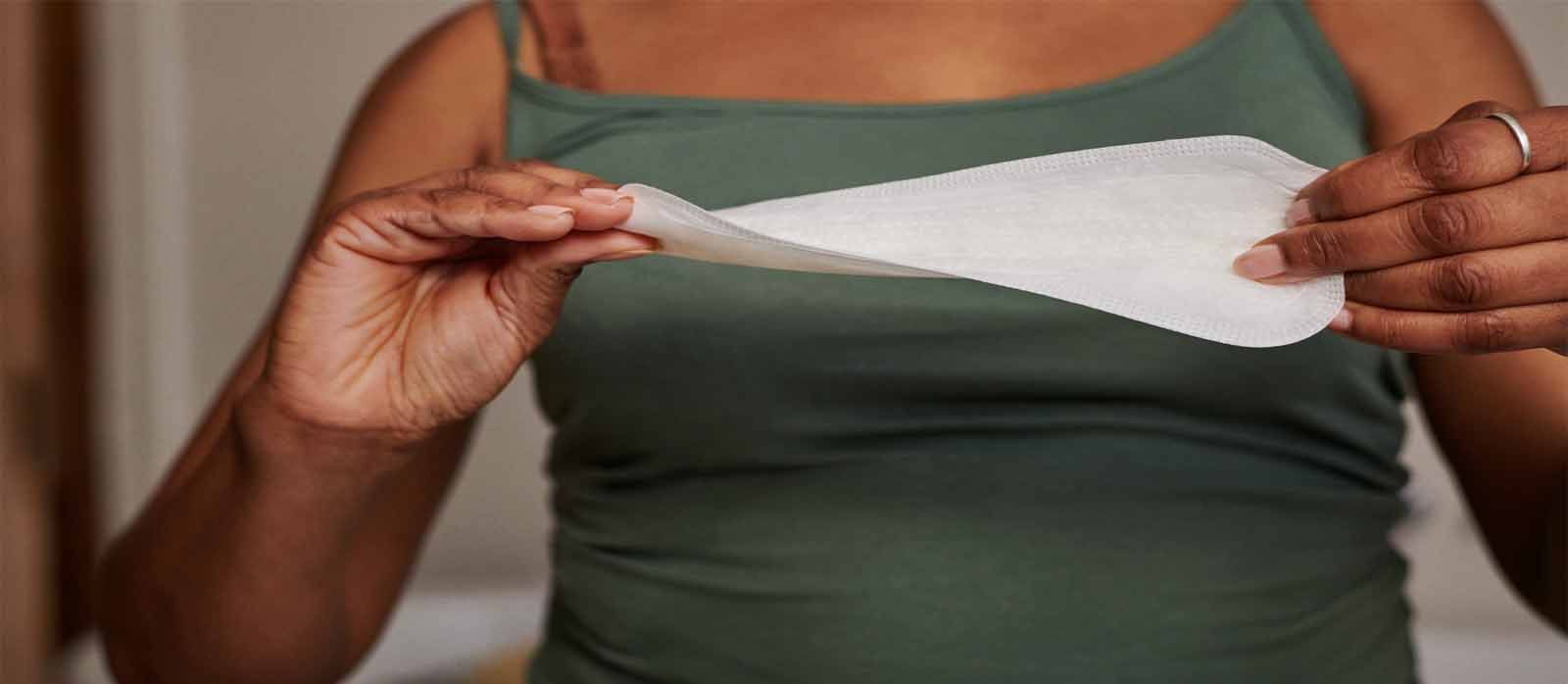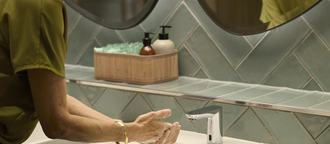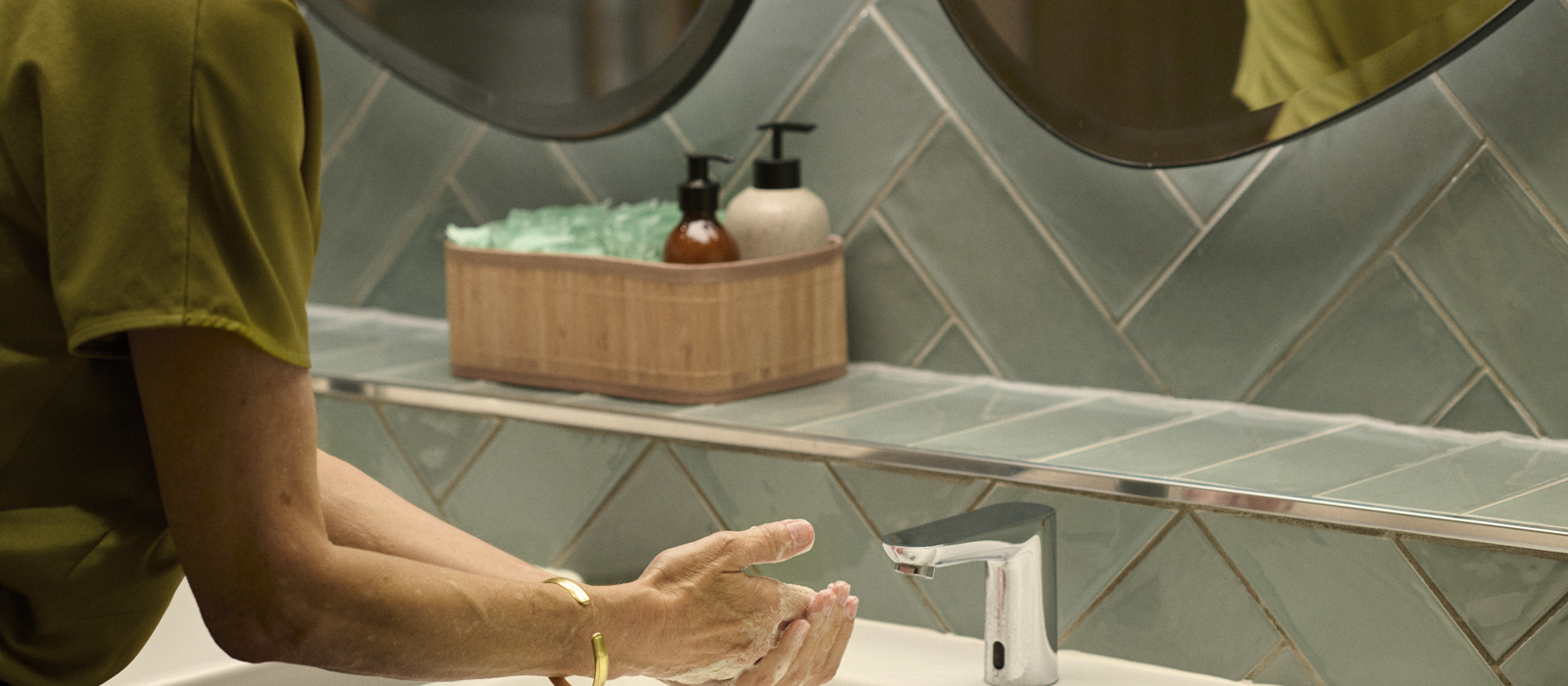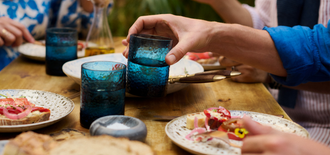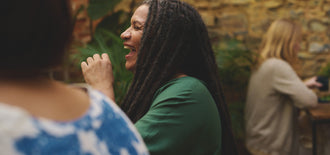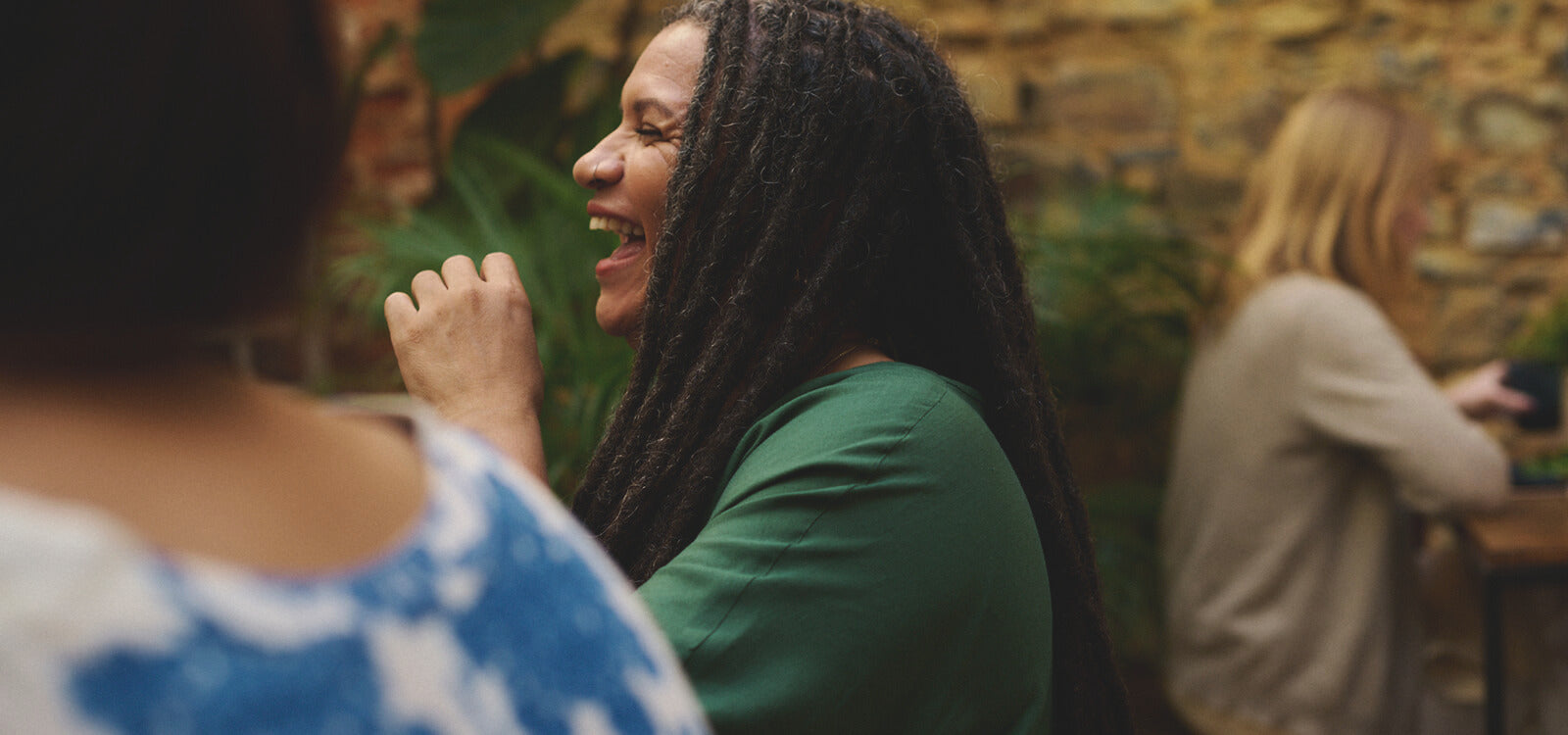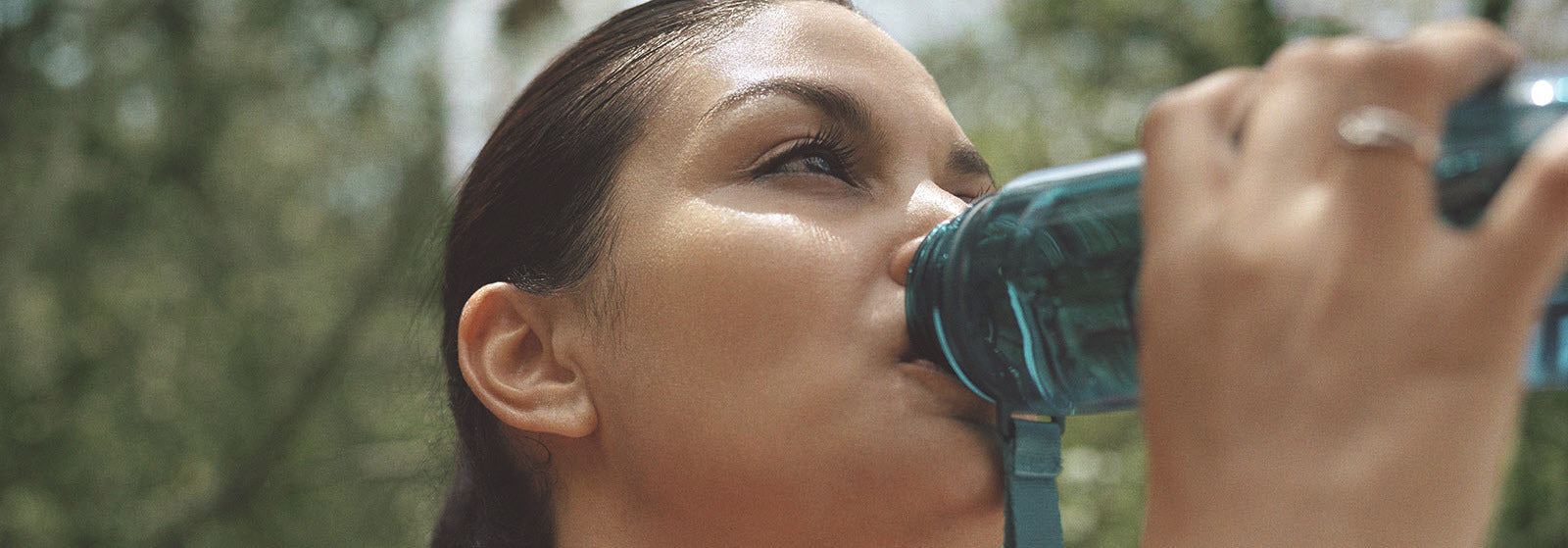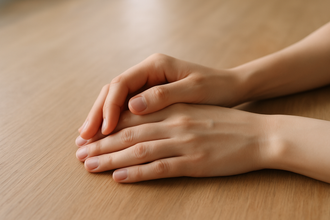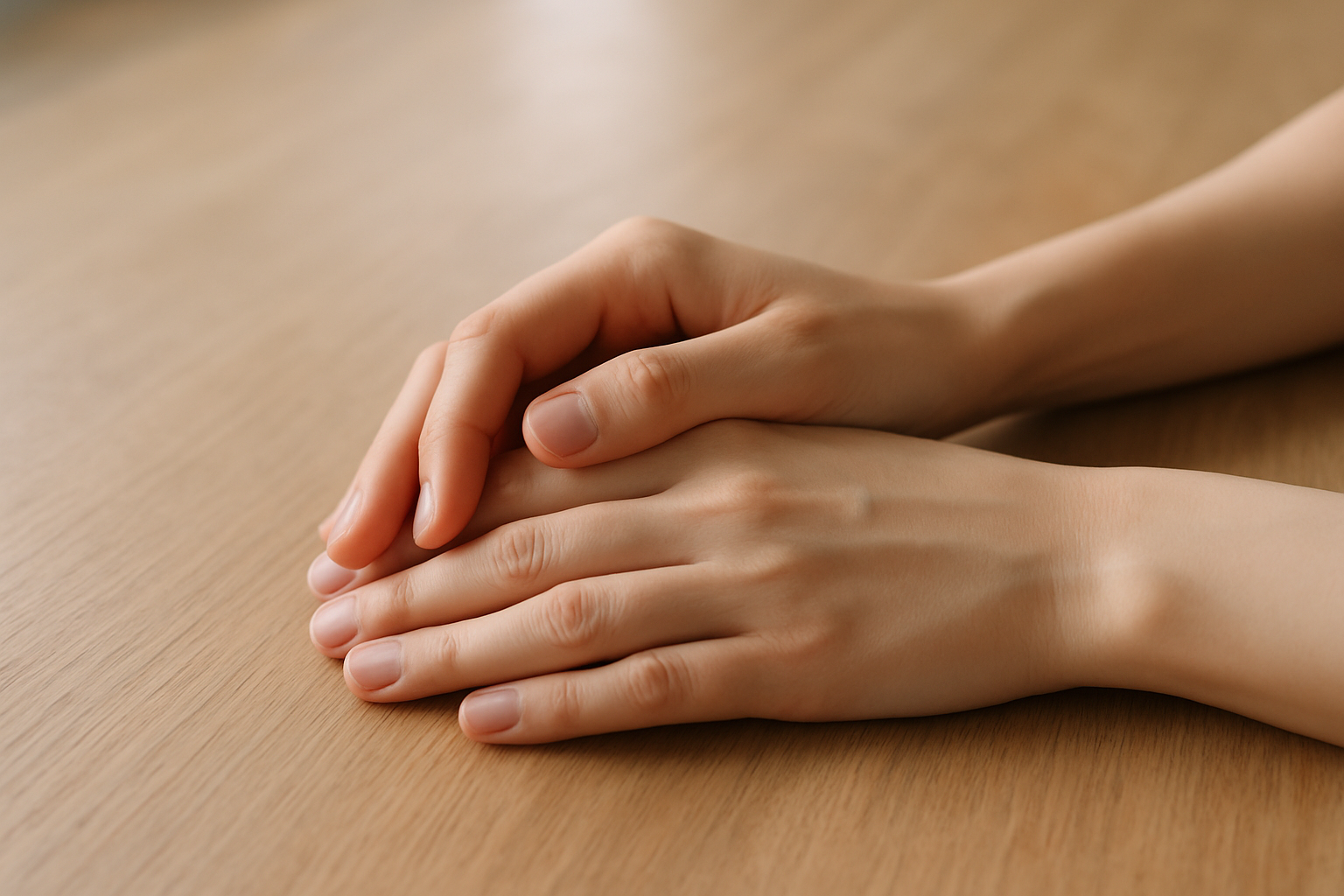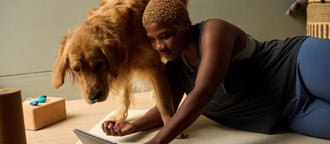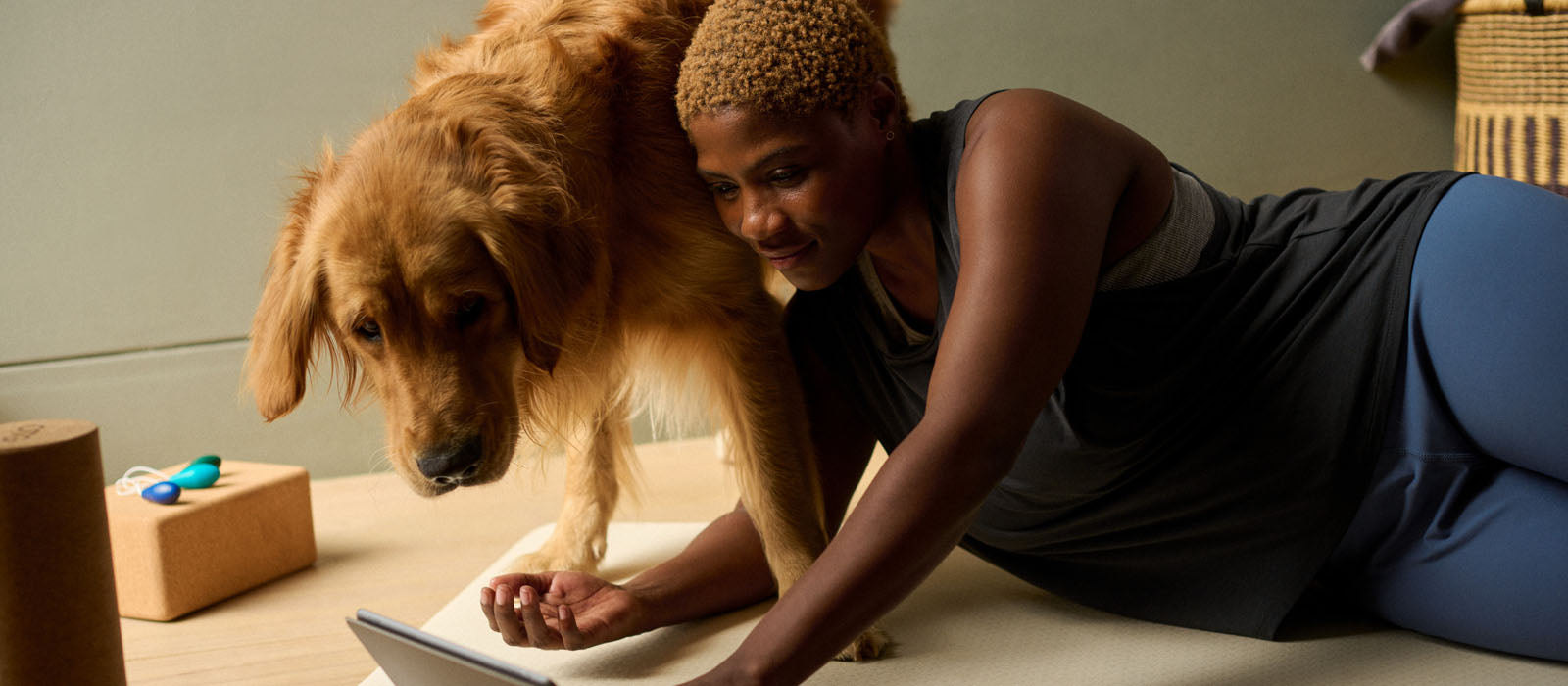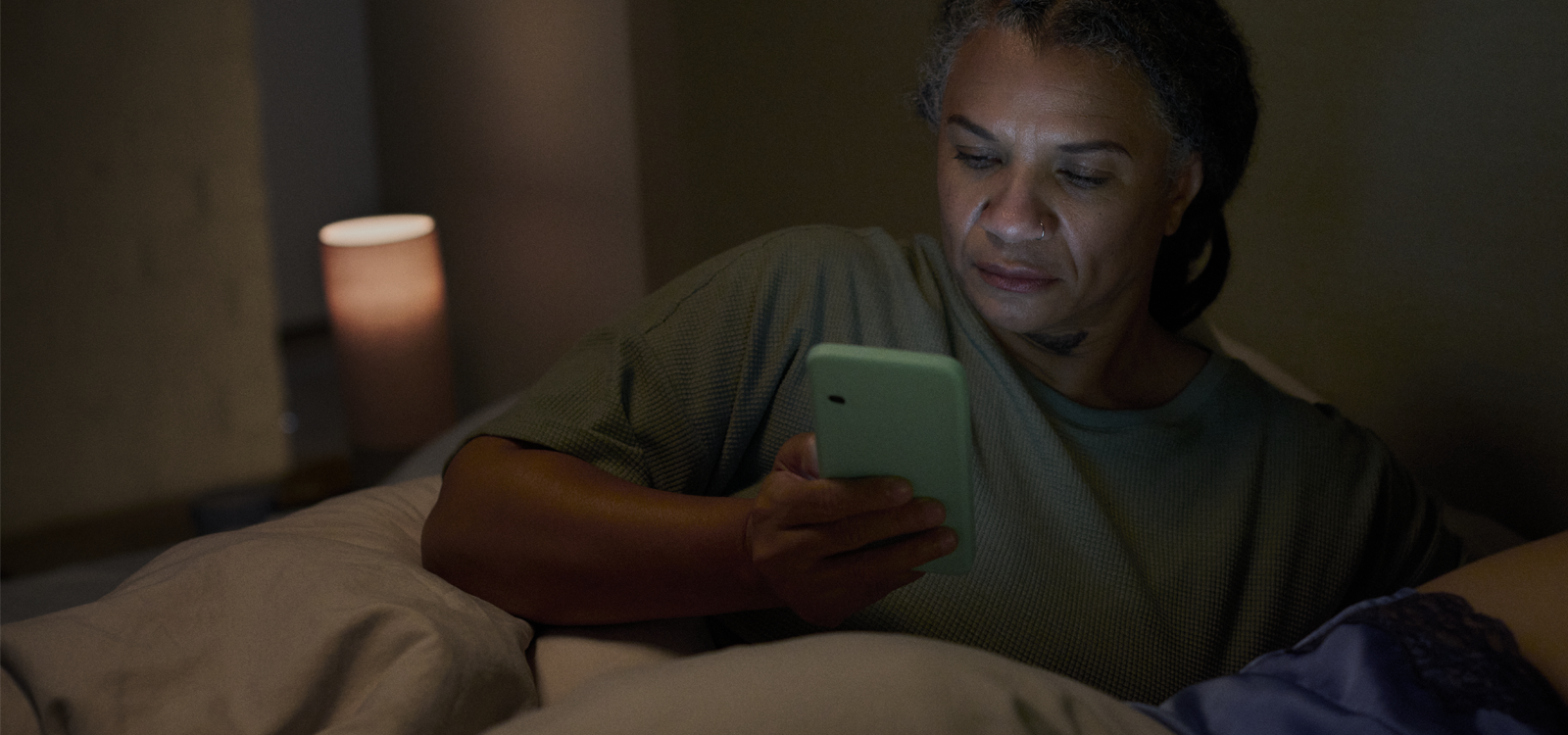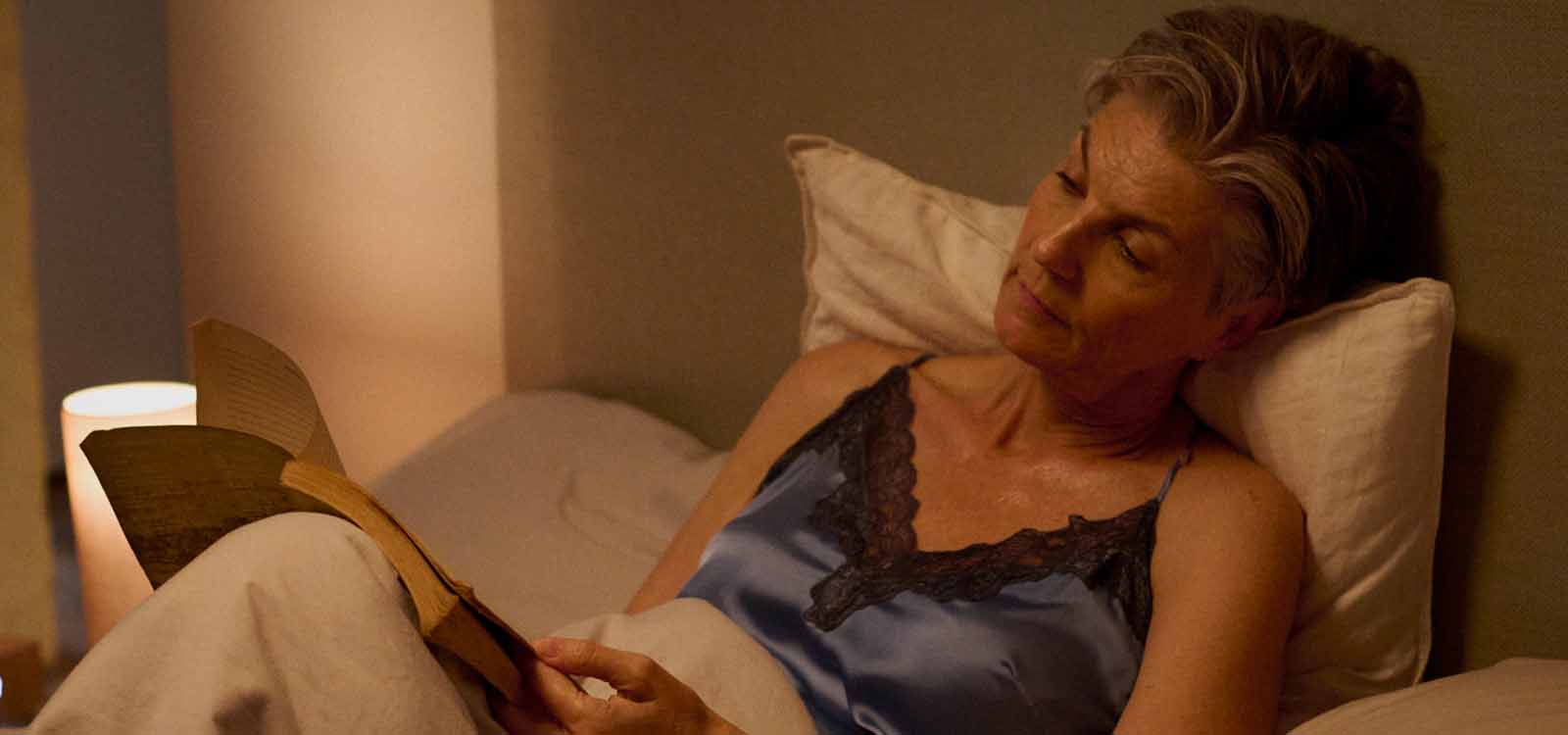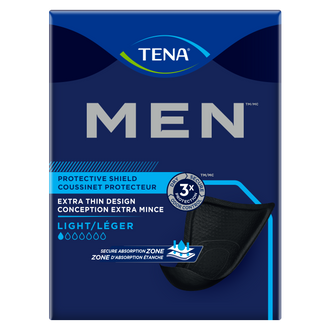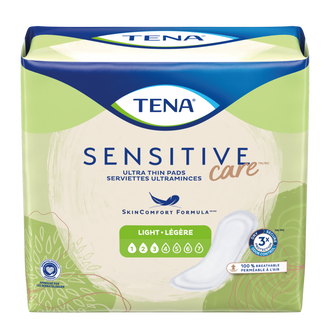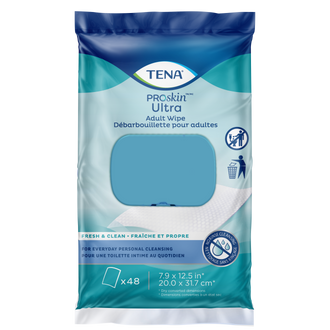Apr 01, 2025
Ever feel like your bladder has a mind of its own? One minute, you’re sipping on your morning coffee, and the next, you’re making a mad dash to the bathroom. What gives?
If you have an overactive bladder (OAB), you’ll know that the struggle is real. But what if your diet is secretly stirring the pot (or, in this case, your bladder)?
How Does Your Diet Impact Overactive Bladder (OAB)?
Food isn’t just fuel for your body—it could also have a big impact on your bladder.1 If your bladder’s in top shape, you probably don’t think twice about what you eat or drink. But if you’re dealing with an overactive bladder or bladder discomfort, certain foods could be making things worse.1
Some foods and drinks could irritate the bladder lining, making it feel like your bladder is full and needs to be emptied with urgency.1
Common culprits include:
- Caffeinated drinks (coffee, tea, soda)1
- Alcohol1
- Spicy foods1
- Acidic fruits1
Since triggers and symptoms differ from person to person, keeping a food and symptom journal could help you identify what sets your bladder off.1
Want to learn more about OAB and ways to manage it? Check out these helpful resources:
- Overactive Bladder in Men: Symptoms, Causes, and Treatments
- Understanding Light Bladder Leakage: Causes, Treatments & Prevention
Which Foods Might Make Overactive Bladder Symptoms Worse?
If you have OAB, some foods and drinks could stir things up even more, making your bladder extra sensitive.2 This can lead to:
- Feeling like you constantly need to go (even if you literally just went!)2
- Having to go to the bathroom way too often2
- Bladder spasms that catch you off guard2
- Leaks that happen before you make it to the bathroom in time2
Paying attention to what you eat, and drink might help calm things down—let’s take a look at some of the biggest troublemakers. 2
Can Spicy Foods Trigger OAB Symptoms?
If you love adding a little heat to your meals, your bladder might not be as big of a fan. Be mindful of spicy peppers and sauces, especially spicy salsas, as they also include tomatoes—another potential bladder irritant.3
Since everyone’s body reacts differently, it’s worth testing which spicy foods trigger your symptoms before eliminating or replacing them from your diet. 3
Do Tomato-Based Products Irritate Your Bladder?
Tomatoes may be delicious, but their high acidity could spell trouble for sensitive bladders.3 If you’ve noticed that certain meals leave you feeling the urge to go more often, tomato-based foods could be the reason.3
Bladder-irritating offenders include3:
- Pizza and pasta sauces
- Salsa
- Ketchup
If you need a low-acid alternative, go for white sauces, roasted red peppers, or homemade tomato-free pasta sauce.
Are Artificial Sweeteners Making Your OAB Worse?
Sugar-free doesn’t always mean symptom-free. There is evidence that some artificial and natural sweeteners could increase OAB symptoms.3
If you need a sweet fix, natural alternatives like honey, stevia, or monk fruit sweetener could be gentler on your bladder.
Should You Avoid Citrus Fruits Like Oranges, Limes, and Lemons?
Citrus fruits are packed with vitamins, but their high acidity, just like in tomatoes, could irritate your bladder, making OAB symptoms worse.3 If your morning glass of orange juice has you dashing to the bathroom urgently, it might be time to rethink your fruit choices.
Try this instead: Swap citrus for bananas, pears, or apples; they’re just as tasty and much more gentle on your bladder because they aren’t as acidic.3
Is Chocolate a Hidden Bladder Irritant?
Bad news for chocolate lovers. Your favorite treat has some caffeine which could make your bladder more sensitive. If you notice more urgency after indulging in chocolate, it could be the culprit.3
If you can’t give up chocolate entirely, go for white chocolate or dark chocolate, which don’t contain caffeine.3
Are Cranberries Really Good for Bladder Health?
Cranberries are often praised for their role in urinary tract health, but they’re not always helpful for OAB. While cranberry juice might relieve UTI symptoms, its high acidity could worsen OAB symptoms.3
Are Onions Making Your OAB Symptoms Worse?
Raw onions could be tough on your bladder, causing irritation and urgency. If you love onions but notice they trigger symptoms, cooking them may make them easier to tolerate.3
How Do Processed Foods Affect Overactive Bladder?
Processed foods often have preservatives and flavoring, which could contribute to bladder irritation.3
Rather focus on fresh, whole foods like fruits, veggies, lean proteins, and whole grains to keep your bladder happy.3
Which Drinks Can Affect Overactive Bladder?
Just like certain foods can trigger OAB symptoms, some drinks could also irritate the bladder or increase the urgency to pee. Whether it's the caffeine in your morning coffee or the bubbles in your favorite soda, what you drink plays a role in bladder health.3
Does Coffee, Tea, and Caffeinated Drinks Worsen OAB Symptoms?
If you can’t start your day without a cup of coffee, you might not love this news. Caffeine is a known bladder irritant.3 Caffeinated tea and energy drinks have a similar effect on the bladder too.3
Is Alcohol a Problem for Your Bladder?
Alcohol could double down on bladder irritation and disrupt signals to your brain to make you aware of bladder overflow.>sup>3 This means it could lead to frequent trips to the bathroom, especially if you're drinking wine, beer, or other liquor. 3
Can Carbonated Beverages Make OAB Worse?
Carbonation in your drinks could cause bladder discomfort, which may worsen OAB symptoms.3 Sodas, sparkling water, and fizzy energy drinks all fall into this category. Some also contain caffeine, artificial sweeteners, or acidity, making them a triple threat for bladder irritation.3
What Are the Best Foods for an Overactive Bladder?
Not all foods trigger OAB symptoms; some could support bladder health! A bladder-friendly diet includes2:
- Fiber-rich foods like lentils, bran, and oats
- Non-citrus fruits like bananas, grapes, and watermelon
- Lean proteins including fish, eggs, and tofu
Learn more about bladder-friendly foods here.
Managing and Treating OAB?
One of the best ways to manage OAB is to track what you eat and drink. A food diary could help you to identify personal triggers by noting when your symptoms flare up.2
Other helpful strategies include2:
- Kegel exercises to strengthen pelvic floor muscles
- Bladder training to increase the time between bathroom trips
- Lifestyle changes, like staying hydrated and avoiding late-night trigger foods
For a full guide on OAB treatments and bladder training techniques, check out these resources:
FAQs
Should Overactive Bladder Cause Nighttime Discomfort and Pain?
Frequent nighttime urination, known as nocturia, is a common OAB symptom.2
To reduce nighttime symptoms, try limiting fluids in the evening and using a bedside bathroom strategy for convenience.2
More tips on managing nocturia here.
How Do You Identify Your Bladder Irritants?
Figuring out which foods and drinks affect your bladder can take some trial and error. The best approach is to follow an elimination diet. Keeping a food diary is a great way to pinpoint what works (and what doesn’t) for your body.3
References
1. MayoClinic Health Systems. ‘Link between food and bladder symptoms’. 2023. Available from: https://www.mayoclinichealthsystem.org/hometown-health/speaking-of-health/food-and-bladder-symptom-links
2. Healthline. ‘How to create a diet for your overactive bladder’. 2023. Available from: https://www.healthline.com/health/overactive-bladder/overactive-bladder-diet
3. Healthline. ‘11 Foods to Avoid if You Have Overactive Bladder (OAB)’. 2023. Available from: https://www.healthline.com/health/11-foods-to-avoid-if-you-have-oab
4. Phoenix Physical Therapy. ‘Urinary incontinence in women statistics’. 2025. Available from: https://phoenixpt.com/statistics/
